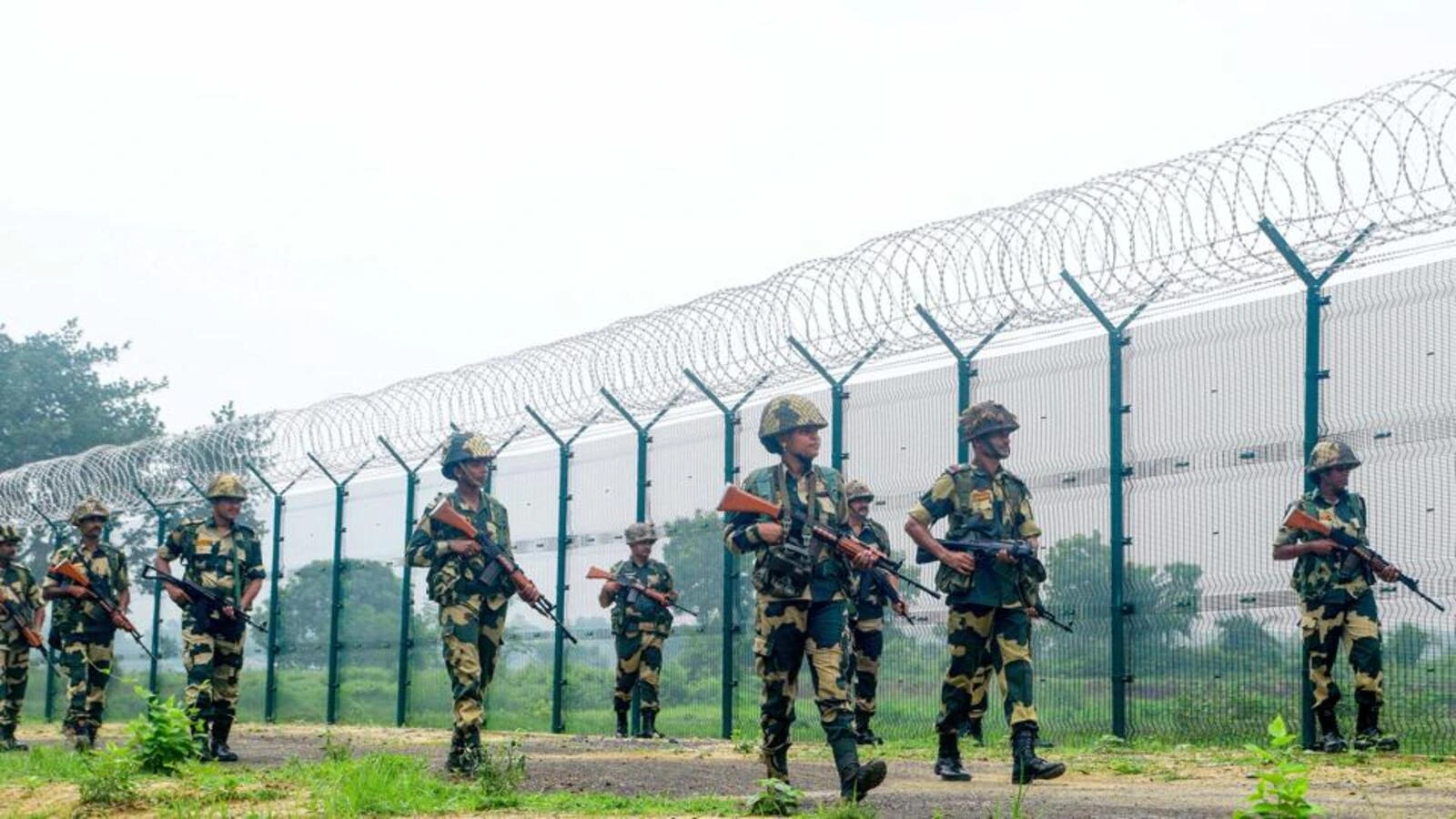As the world observes World Refugee Day, West Bengal stands as a poignant reminder of one of the longest and most politically charged refugee sagas in South Asia. From the traumatic displacement during the Partition of 1947 to the contemporary crisis of illegal immigration, the state has witnessed a changing definition of what it means to be a refugee and the transformation of that identity into a powerful political currency.
The Partition and the First Exodus
The Partition of British India in 1947 unleashed one of the largest and bloodiest migrations in human history. Millions of people predominantly Sikhs and Bengali Hindus were forced to flee from their ancestral homes in West Pakistan (now Pakistan) and East Pakistan (now Bangladesh) due to communal violence, persecution, and fear. In Punjab and Bengal, genocide and ethnic cleansing marred the birth of two new nations. For Bengali Hindus, West Bengal became the primary refuge, and the influx of displaced persons dramatically altered the state’s demography, economy, and social fabric.
The 1971 War and Second Wave
The Bangladesh Liberation War in 1971 led to another massive humanitarian crisis. The systematic persecution of Bengali-speaking Hindus and Muslims by the Pakistani military in East Pakistan triggered a new refugee influx into India, particularly into West Bengal, Tripura, and Assam. The torture, rapes, and killings created global outrage and pushed India into the Indo-Pak war. Over 10 million refugees crossed into India before the creation of Bangladesh, but many never returned. West Bengal bore the brunt of resettlement once again.
From Refugee Relief to Refugee Politics
The decades following the 1970s saw the politicisation of the refugee question in West Bengal. The Left Front government, in power for over three decades, was often accused of selectively accommodating refugees for electoral gains. Political patronage enabled many Bengali Hindu migrants to obtain ration cards, land rights, and even citizenship documents. The process intensified under the Trinamool Congress (TMC), which critics allege expanded the scope to include illegal Muslim immigrants as well, particularly from Bangladesh.
With the passage of time, the term “refugee” started blurring, giving way to the phrase “illegal immigrant”, used increasingly to describe those who entered India post-1971 without formal documentation.
National Security and Demographic Shifts
The issue is no longer just humanitarian—it has morphed into one of national security. Intelligence and border management agencies have repeatedly warned about the infiltration of undocumented Bangladeshi nationals, both Hindus and Muslims, into the border districts of West Bengal. Allegations persist that local political leaders aid this process by helping immigrants procure Aadhaar cards, Voter IDs, and other proof of identity in exchange for votes.
The demographic changes are stark. As per the 2011 Census, Muslims constituted about 27% of West Bengal’s population. However, unofficial estimates now suggest the figure could be as high as 33%, particularly in border districts like Malda, Murshidabad, North 24 Parganas, and Cooch Behar—raising alarms in political and security circles.
CAA: A Controversial Attempt at Redressal
In response to concerns over persecuted minorities, the Government of India introduced the Citizenship Amendment Act (CAA) to provide citizenship to Hindus, Sikhs, Buddhists, Jains, Parsis, and Christians fleeing religious persecution from Pakistan, Afghanistan, and Bangladesh. The move was widely perceived as a way to protect Hindu refugees, particularly from Bangladesh.
However, the implementation of CAA faced staunch opposition from the West Bengal government and triggered protests, especially among the Muslim community and civil society groups. Critics argue that the law discriminates on religious lines and excludes Muslim migrants, many of whom have been living in India for decades.
Refugees as Political Currency
Today, the refugee versus illegal immigrant debate remains a central theme of West Bengal politics. While the BJP has positioned itself as the protector of Hindu refugees, the TMC and Left have often been accused of sheltering illegal Muslim immigrants for vote-bank politics. Both sides have used displaced communities as electoral tools, sidelining the broader questions of rehabilitation, integration, and national security.
An Ever-Evolving Definition
Experts warn that this evolving and politicised definition of refugees may have long-term consequences for India’s internal security, civic infrastructure, and ethnic cohesion. What began as a tragedy of displacement has now become a complex matrix of demography, politics, and power.
On World Refugee Day, while the world reflects on the plight of the stateless and displaced, West Bengal presents a unique case where refugees are not just victims of conflict, but also instruments of electoral arithmetic. The humanitarian crisis has mutated into a political dilemma, and the consequences are still unfolding.


